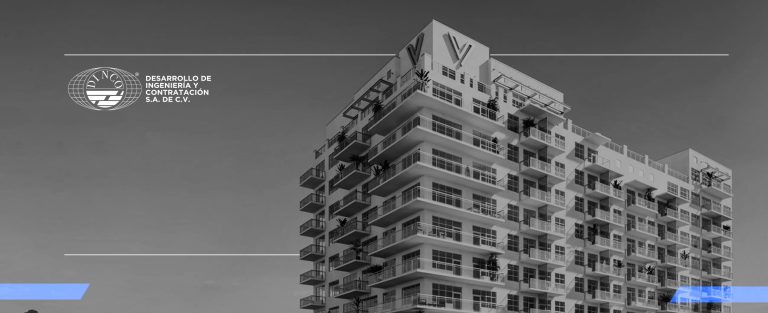As a high-strength material, steel has become the perfect ally for the construction industry.
Using steel in structures for architectural and civil engineering projects is not a new practice. Steel is a highly demanded material for such projects due to its inherent characteristics, making it ideal.
Steel possesses mechanical properties that are perfect for constructing tall buildings. It is also used in suspension and cable-stayed bridges, offshore towers, power transmission towers, and robust structures for the mining industry.
The choice of steel for construction and civil engineering projects depends on the specific needs of the project, including its location. If you plan to build and desire steel structures for your project, you should consider its mechanical properties. Here, we will mention three of these properties: stiffness, weldability, and strength.
The first mechanical property of this material is stiffness. The stiffness of steel allows it to reduce lateral movements, which are caused by earthquakes or winds. If the construction is in a seismic zone, steel will be an excellent choice.
Another mechanical characteristic of steel is weldability. This means that steel pieces can easily be joined through welding. Regarding strength, steel has the capability to support large structures.
The use of steel in construction, while not new, continues to be of utmost importance when designing projects due to its many applications. By understanding the mechanical properties and the type of steel to be used, better decisions can be made.
The importance of steel in architecture lies in its adaptability to various projects and its functionality.
At DINCO, we work on construction and civil engineering projects, offering our clients steel structures. Numerous projects have been successfully completed thanks to this material, and our goal is for the construction industry to grow and continue being a catalyst for regional development, as well as an indicator of growth.


